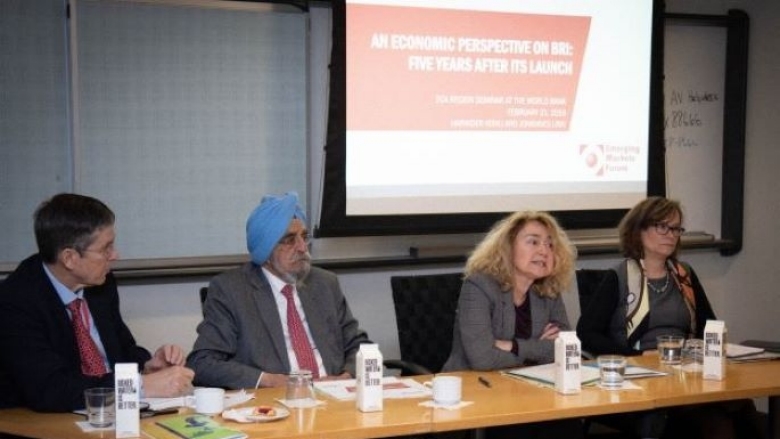The massive Belt and Road Initiative (BRI) plans to build roads, railways, seaports and other trade infrastructure in dozens of countries in the Eurasian continent. The BRI aims to connect Asia to Europe, and the initiative has steadily expanded economic corridors and projects as far as Africa.
Two of the planned corridors of this ambitious project will run through countries in the Central Asia and South Caucasus. These countries are mostly land-locked, and their transportation infrastructures and quality tend to be low.
“If properly implemented, BRI transport projects are expected to reduce travel times and trade costs, potentially leading to enhanced trade, foreign investment which would translate into higher economic growth and poverty reduction for the countries involved,” said Asli Demirguc-Kunt, chief economist of the World Bank’s Europe and Central Asia (ECA) region.
“However, there are also significant risks involved, and the initiative can leave countries with excessive debt and poor quality projects; and there are potential environmental and social costs,” Demirguc-Kunt said. “So the question is how can these countries maximize the benefits and minimize the risks?”
Economists Harinder Kohli of the Emerging Markets Forum and Johannes Linn of the Brookings Institution spoke about the BRI at the inaugural ECA Talks event, a series of monthly talks in which researchers exchange and challenge ideas about key issues affecting the region. Their talk was based on a study that draws on background notes prepared by experts from the region on their countries’ perspectives on the BRI, hence providing an “inside-out” perspective.
One of the constraints to good analytical work in this area is that no comprehensive dataset exists with reliable information about BRI project costs, conditions and terms of financing.
“There are great benefits to be had but also considerable risks that need to be addressed in one way or another,” said Linn. BRI investments should reflect country priorities and be integrated with national and regional plans. Macroeconomic constraints, especially debt sustainability, must be carefully monitored and respected.


